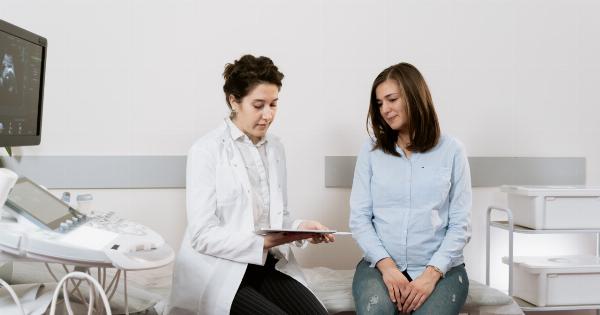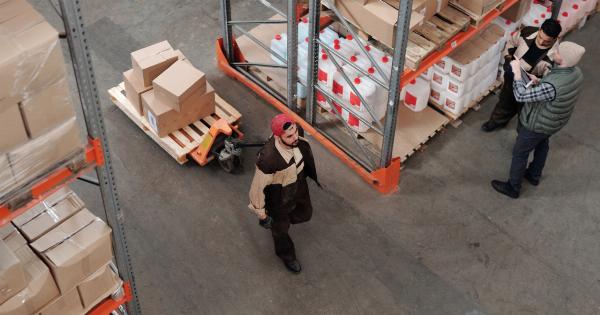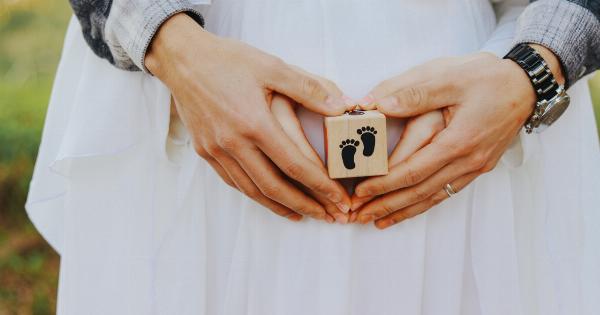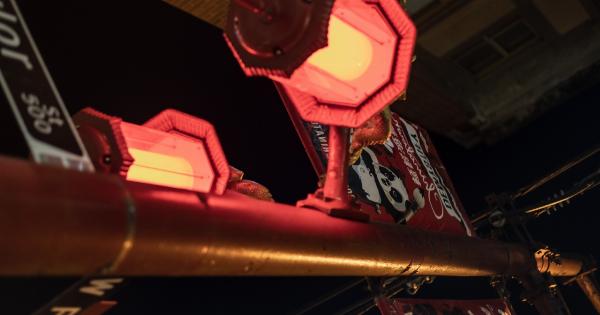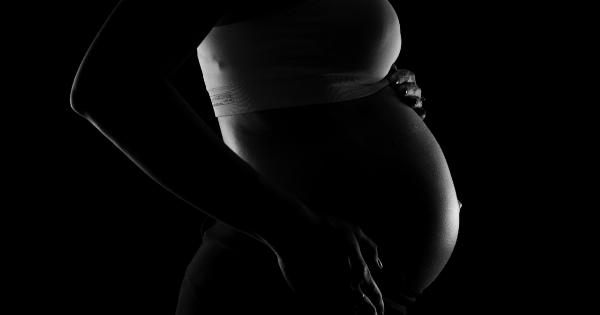Labor and delivery is a unique and personal experience for every woman. Although each woman’s labor and delivery experience may differ, there are certain stages and processes that are common to most.
In this article, we will discuss everything you need to know about normal labor and delivery.
Understanding Labor
Labor is the process by which the uterus contracts and expels the baby from the mother’s body. It involves three stages: early labor, active labor, and transition.
The duration of labor can vary significantly, with the average length being around 12 to 24 hours.
Early Labor
Early labor is the longest stage of labor and can last for several hours or even days. During this stage, the cervix begins to open or dilate, and mild contractions start to occur. These contractions may feel like menstrual cramps and may be irregular.
Women may experience other symptoms, such as a backache or a bloody mucus discharge.
Active Labor
Active labor is the stage where the cervix begins to dilate more rapidly, and contractions become stronger and regular.
These contractions typically last longer and occur more frequently, with a duration of around 45 to 60 seconds and an interval of 3 to 5 minutes. At this stage, it is recommended that women head to the hospital or birthing center.
Transition
Transition is the shortest but most challenging stage of labor. During this stage, the cervix fully dilates to 10 centimeters, and contractions are incredibly intense. Women may experience nausea, vomiting, shaking, and a strong urge to push.
It is essential to remain calm and focused during this stage, as it signals that the baby will soon be born.
The Delivery Process
Once the baby’s head has fully descended into the birth canal, and the mother is fully dilated, it is time to push. Pushing involves bearing down and using the abdominal muscles to help the baby move through the birth canal.
This process can take a few minutes or several hours, depending on the woman’s individual circumstances.
The Birth of the Baby
As the baby’s head emerges, the midwife or doctor will support the perineum to prevent tearing. The rest of the body will quickly follow, and the baby will take its first breath.
The umbilical cord will still be attached, providing the baby with oxygen and nutrients until the placenta is delivered.
The Delivery of the Placenta
After the baby is born, the uterus will continue to contract to expel the placenta. This process typically occurs within a few minutes of the baby’s birth and is much less painful than the delivery of the baby.
Some women may experience cramping or discomfort during this stage, and it is essential to rest and allow the body to recover.
Postpartum Care
After delivery, it is essential to take care of yourself and your baby. The first hours and days after birth are crucial for bonding and recovery.
You will be monitored for any potential complications, such as bleeding or infection, and receive postpartum care instructions.



